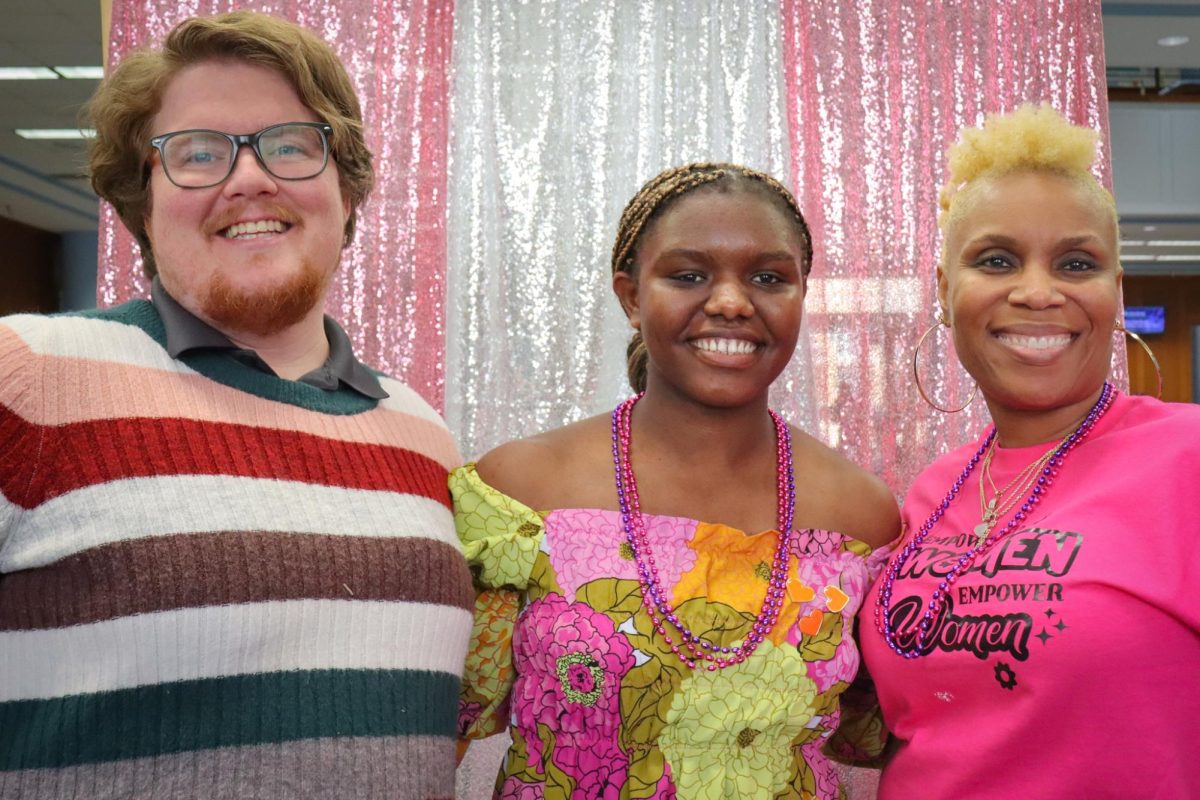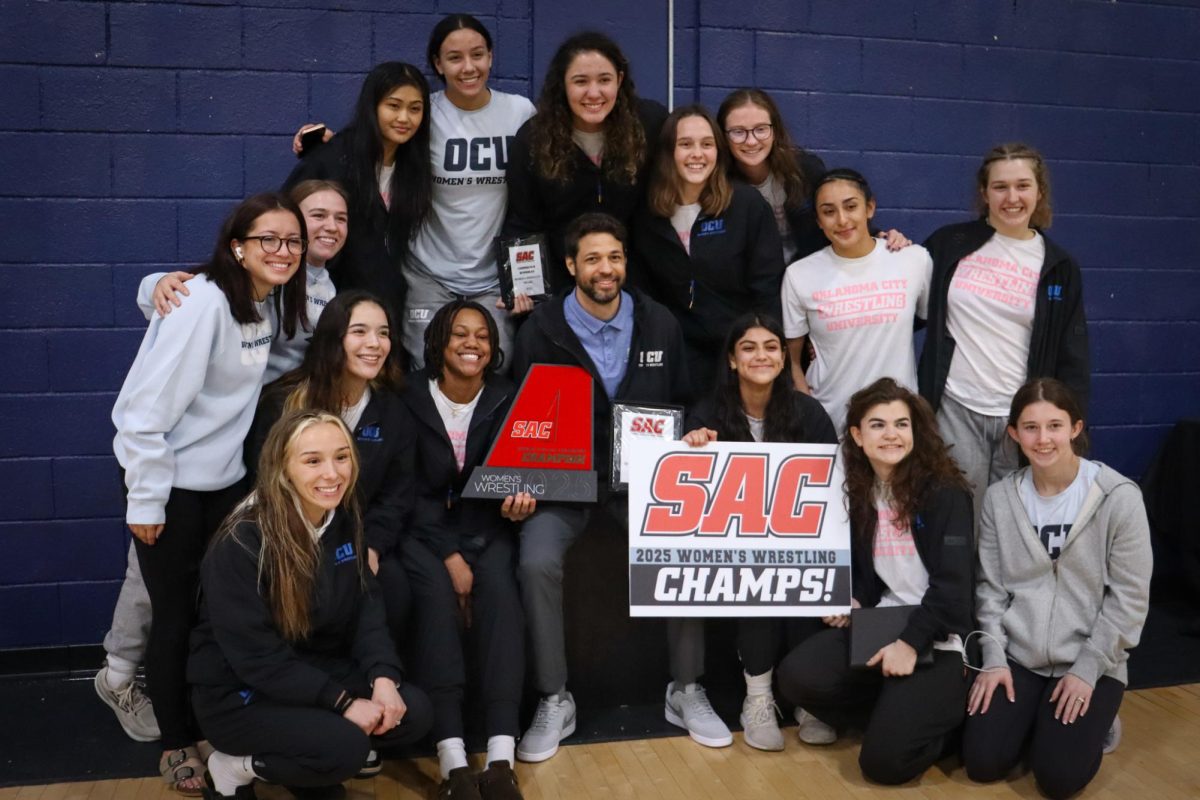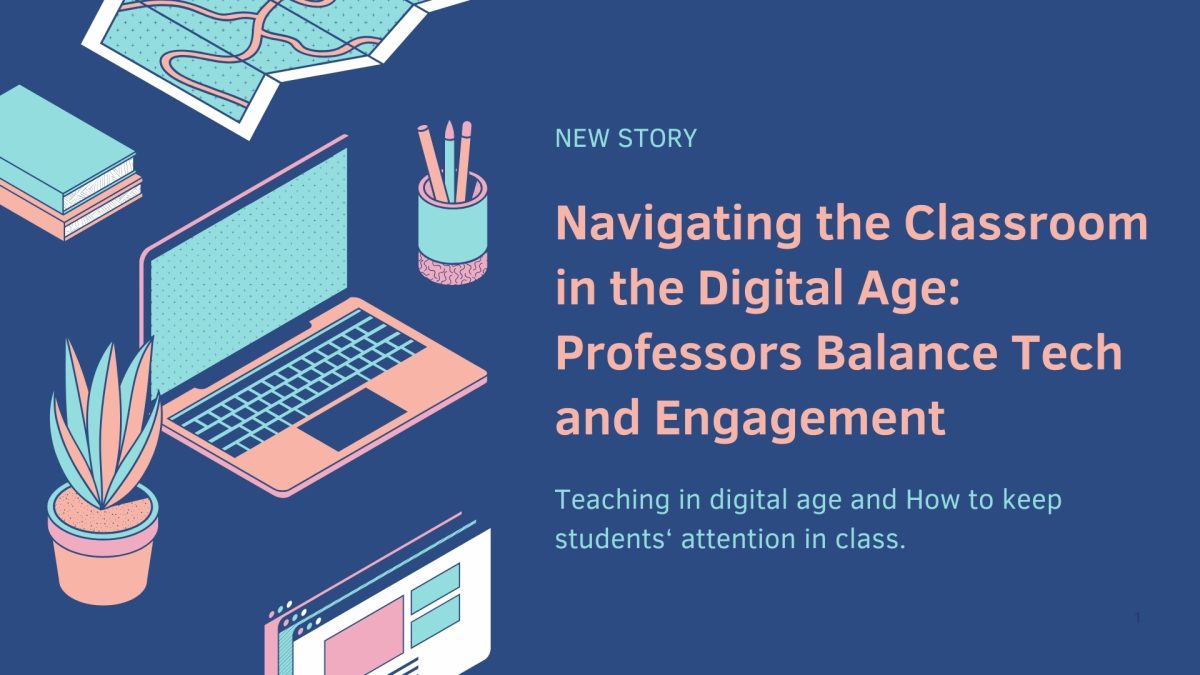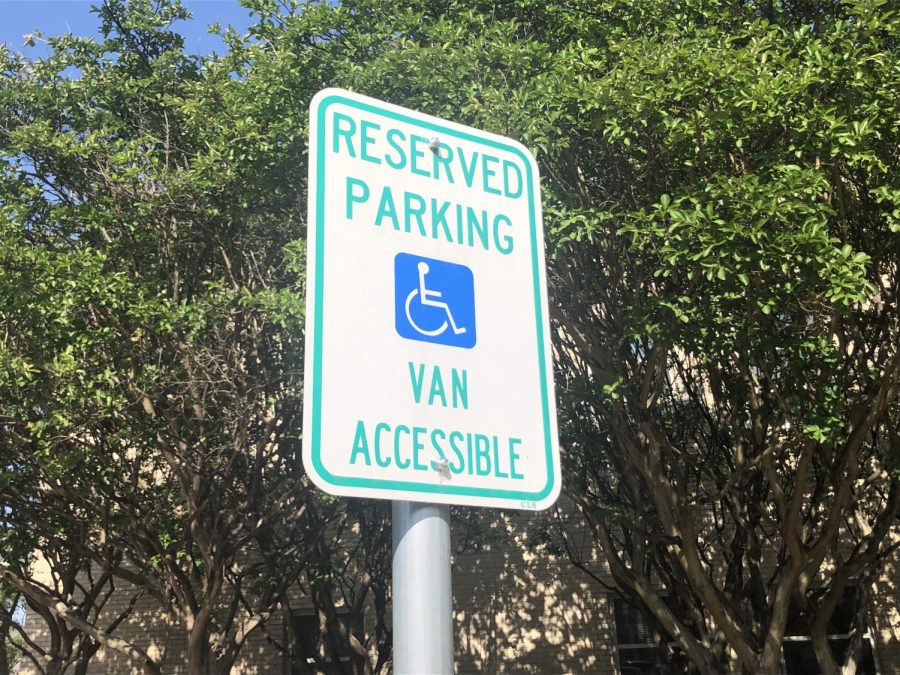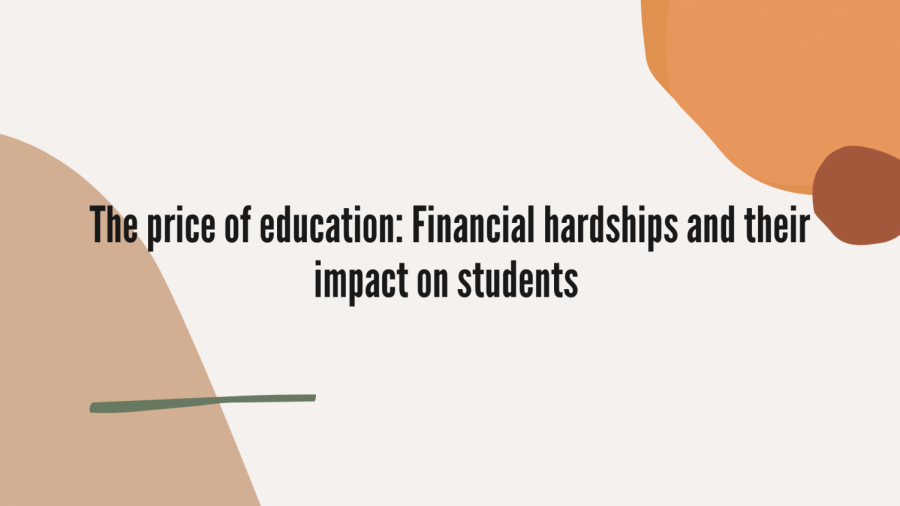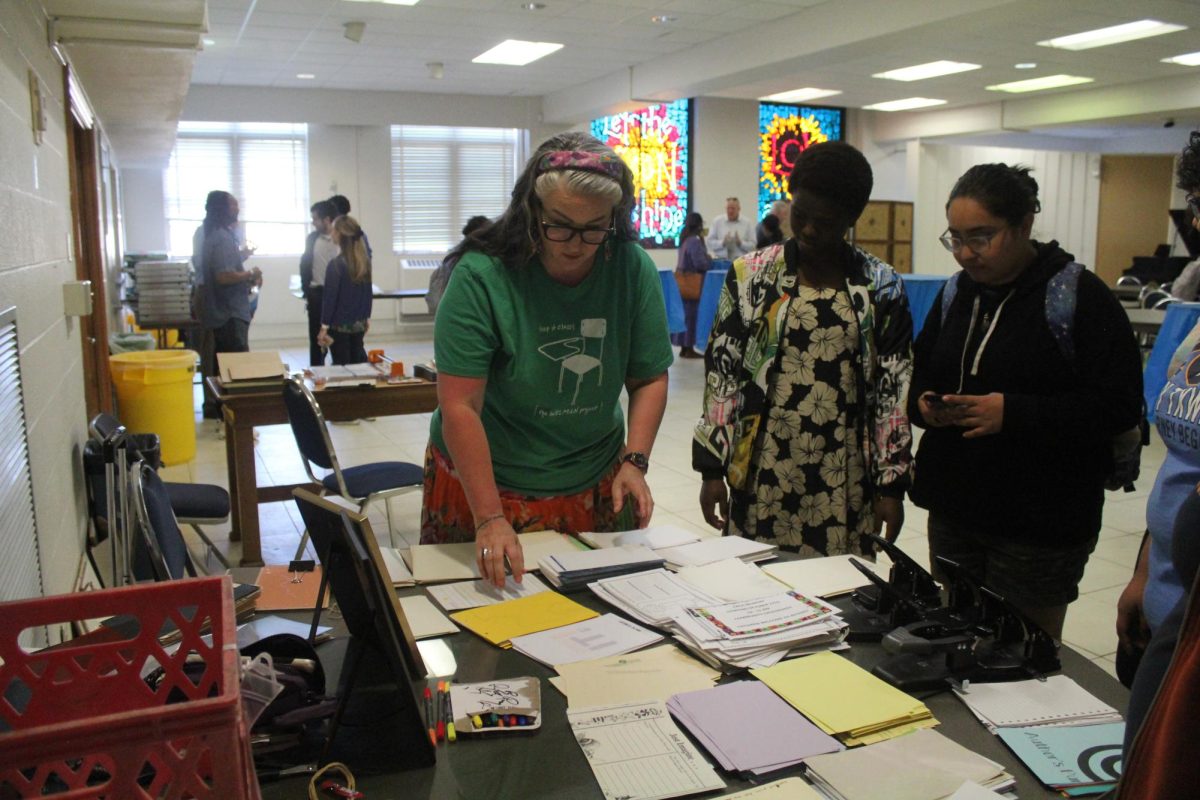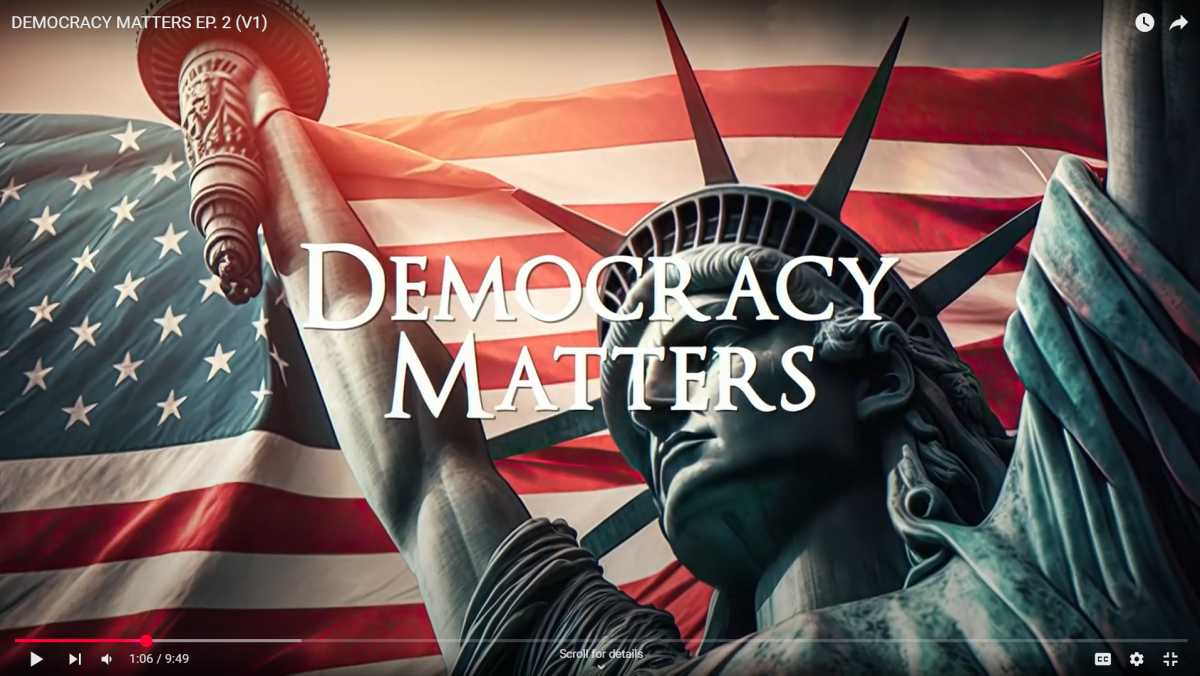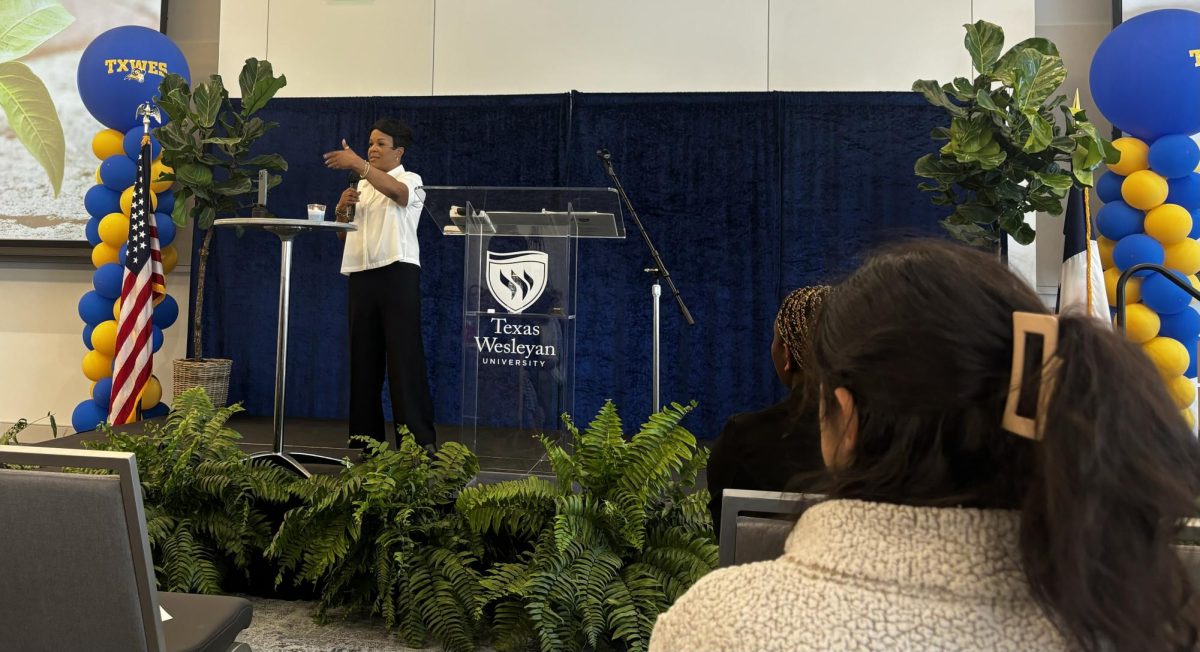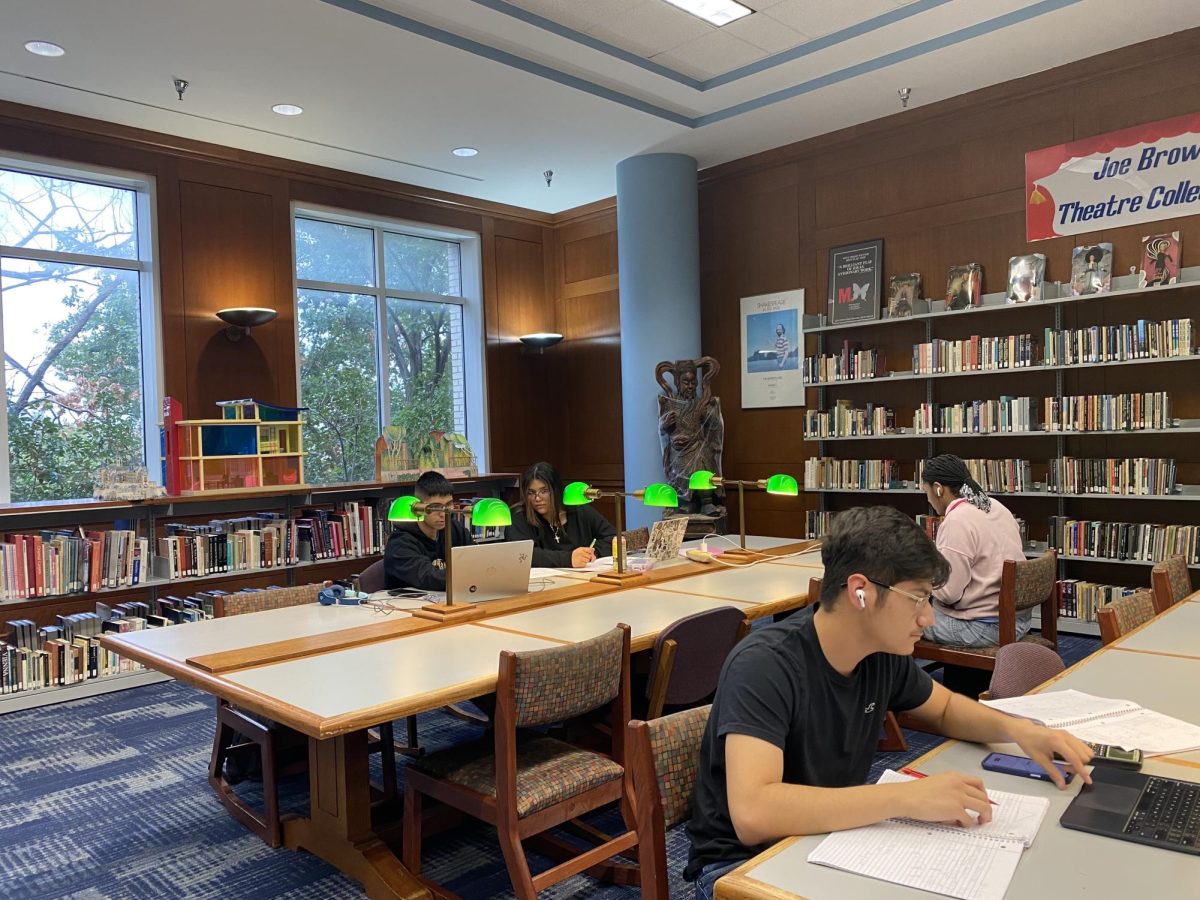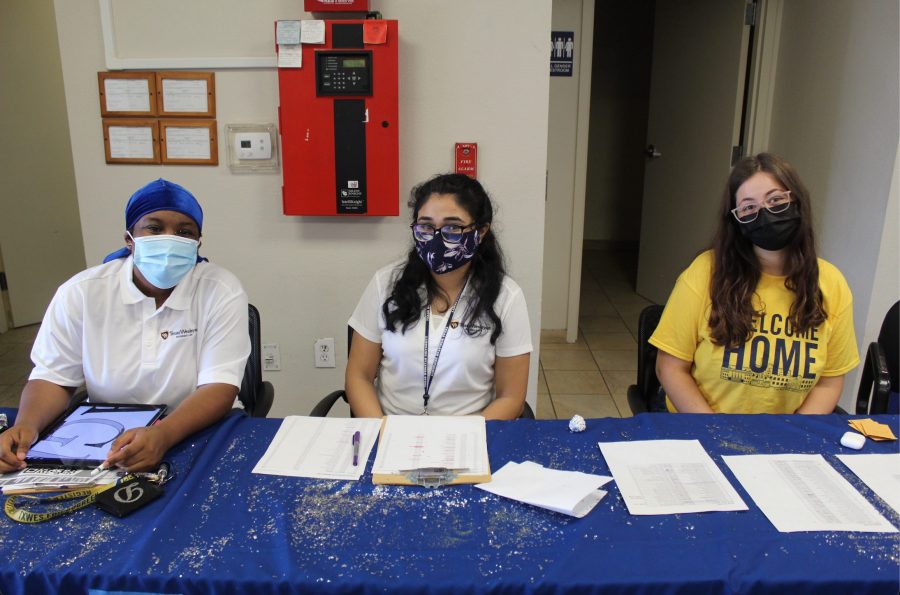
Here is a still life set up for beginning drawing students in the Bernice Coulter Templeton Art Studio. Photo by Professor Rueben Gonzales
In the fall of 2021, Texas Wesleyan students will be able to add one of two new art minors to their academic degree, history of visual arts or studio arts. Both minors will be effective on June 1.
Having worked in Marketing at Texas Wesleyan University before teaching, Professor Rueben Gonzales said that he is thrilled and passionate about expanding students’ horizons as he loves Texas Wesleyan’s diverse community.
After a year of teaching art courses at Texas Wesleyan University, he spoke with Dr. Ricardo Rodriguez and Dr. Christopher Ohan about making an art minor. They created two art minors, which requires 18 credit hours.
Ohan said that these new art minors are beneficial as they will allow students to reduce GEC hours and give them “free elective hours that are part of most major programs.”
The history of visual arts will allow students to learn about art history, in conjunction with the history major. The studio arts minor will consist of the already existing art courses offered on campus with an expansion and creation of a few more classes.
Gonzales said that “minoring in history of the visual arts enables students to understand the role art plays in human history and culture.” Students going into either art minor will take the introduction to visual arts, which covers a little bit of art history from different kinds of art mediums.
Ohan explained that obtaining a visual art minor can open new opportunities to students and help them obtain different skillsets such as critical thinking skills.
Within the history of visual arts, students can choose from a variety of dynamic courses such as film aesthetics, art history Survey, digital photography and higher-level courses such as the classical city of Rome, which is architecturally based. Also included is Renaissance art, cartography: intersections of art and geography and contemporary modern visual art course.
These courses will allow students to expand their knowledge in history and add to their research skillsets. For instance, students who take the contemporary visual art course will learn about “regional, national, international, contemporary art related to gender, politics, LGBTQ+” and women’s studies in art, said Gonzales.
The studio arts minor will consist of practicing and creating art. The lower-level courses will comprise basic art, beginning drawing and digital photography. They will provide students with knowledge about shapes, form, color and texture, while helping them build a learning community.
Gonzales said, “You never know if the thing you say or the thing that somebody else says is the thing that unlocks your brain to do and create something amazing.” Additional upper-level courses will also be available.
Gonzales plans to partner his students with fine art institutions through an internship. Another great benefit of the studio art minor is that students who major in mass communication or theatre can count one of these higher-level courses as part of their art minor.
One of the benefits for doing this minor is that students will only pay for textbooks and a sketchbook as cameras are available to be checked out in the library, and the University will provide art supplies.
Gonzales suggests to students who are thinking about pursuing an art minor to speak to Ohan, their advisers, or himself.
“It’s about community; our art program is about community and building your skillsets so that when you graduate, you know that you don’t just have one thing in your toolbelt, that you have many things in your toolbelt, and that your time at Texas Wesleyan gave you those things,” said Gonzales.
Gonzales tells students not to be afraid of taking these courses because “we are all artists,” and art is everywhere, “in what we do and in ourselves.”



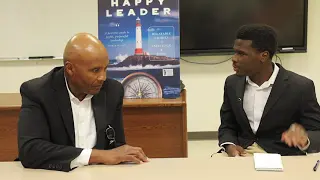

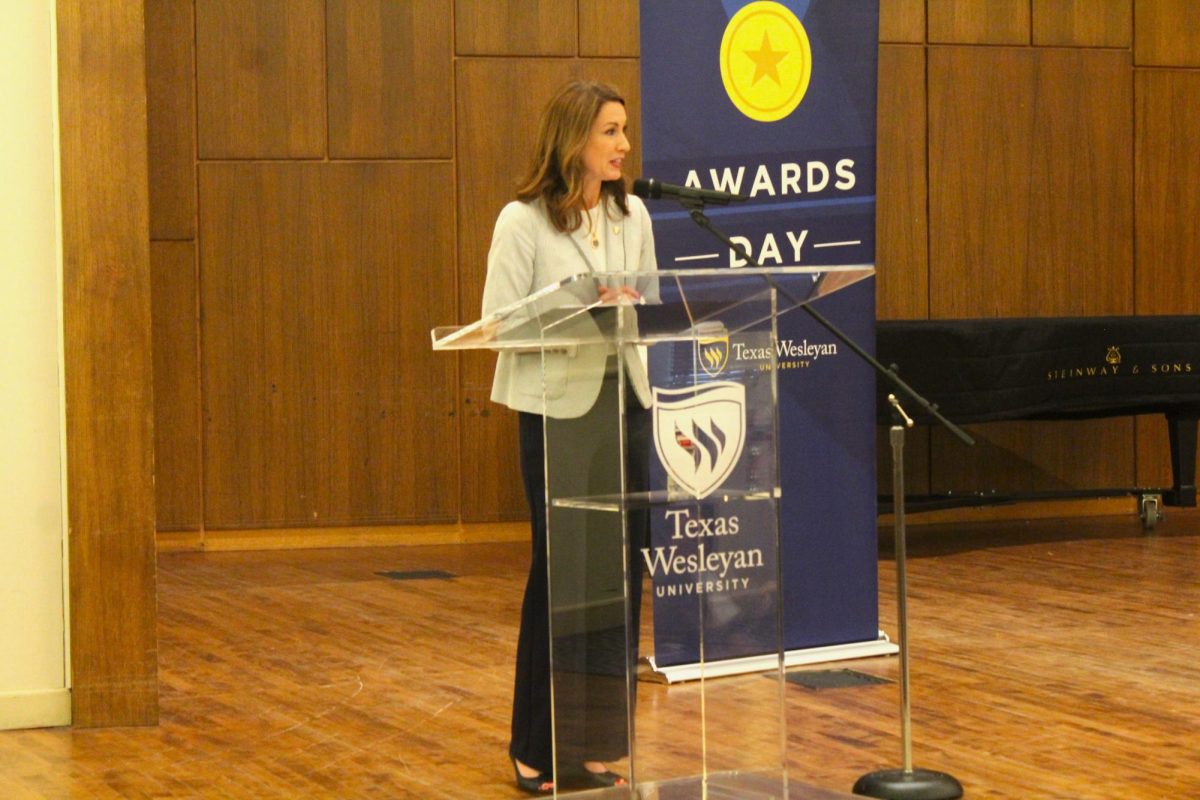



![Pippin, played by Hunter Heart, leads a musical number in the second act of the musical. [Photo courtesy Kris Ikejiri]](https://therambler.org/wp-content/uploads/2025/04/Pippin-Review-1200x800.jpg)
![Harriet and Warren, played by Trinity Chenault and Trent Cole, embrace in a hug [Photo courtesy Lauren Hunt]](https://therambler.org/wp-content/uploads/2025/02/lettersfromthelibrary_01-1200x800.jpg)
![Samantha Barragan celebrates following victory in a bout. [Photo courtesy Tu Pha]](https://therambler.org/wp-content/uploads/2025/05/20250504_164435000_iOS-834x1200.jpg)
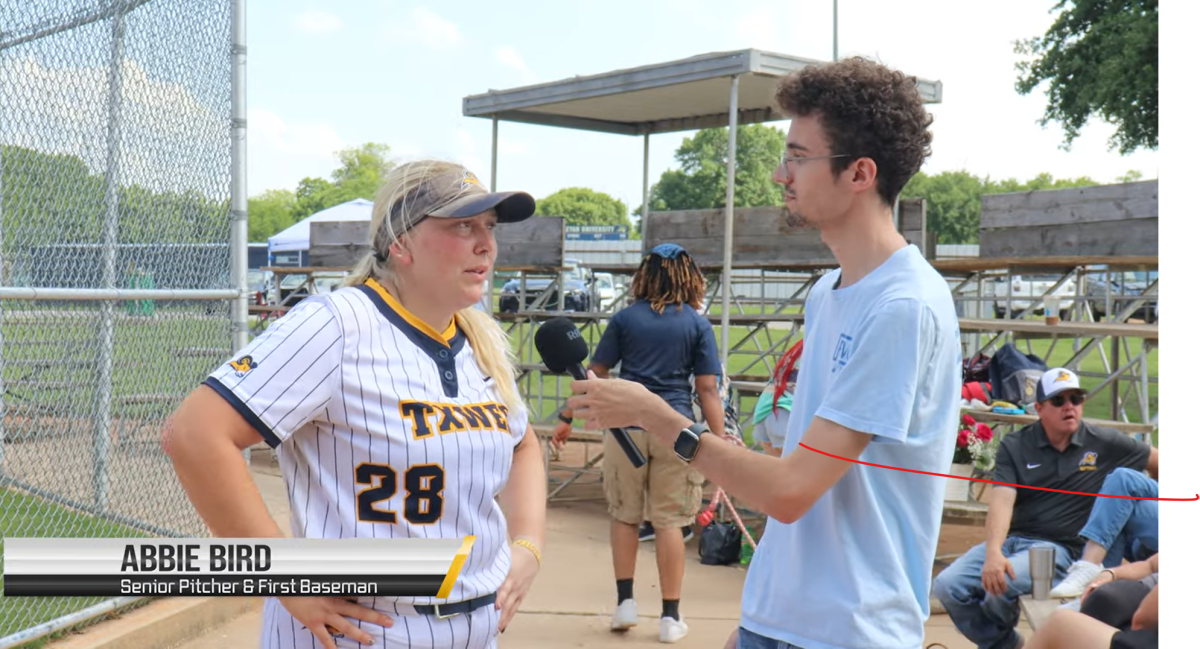


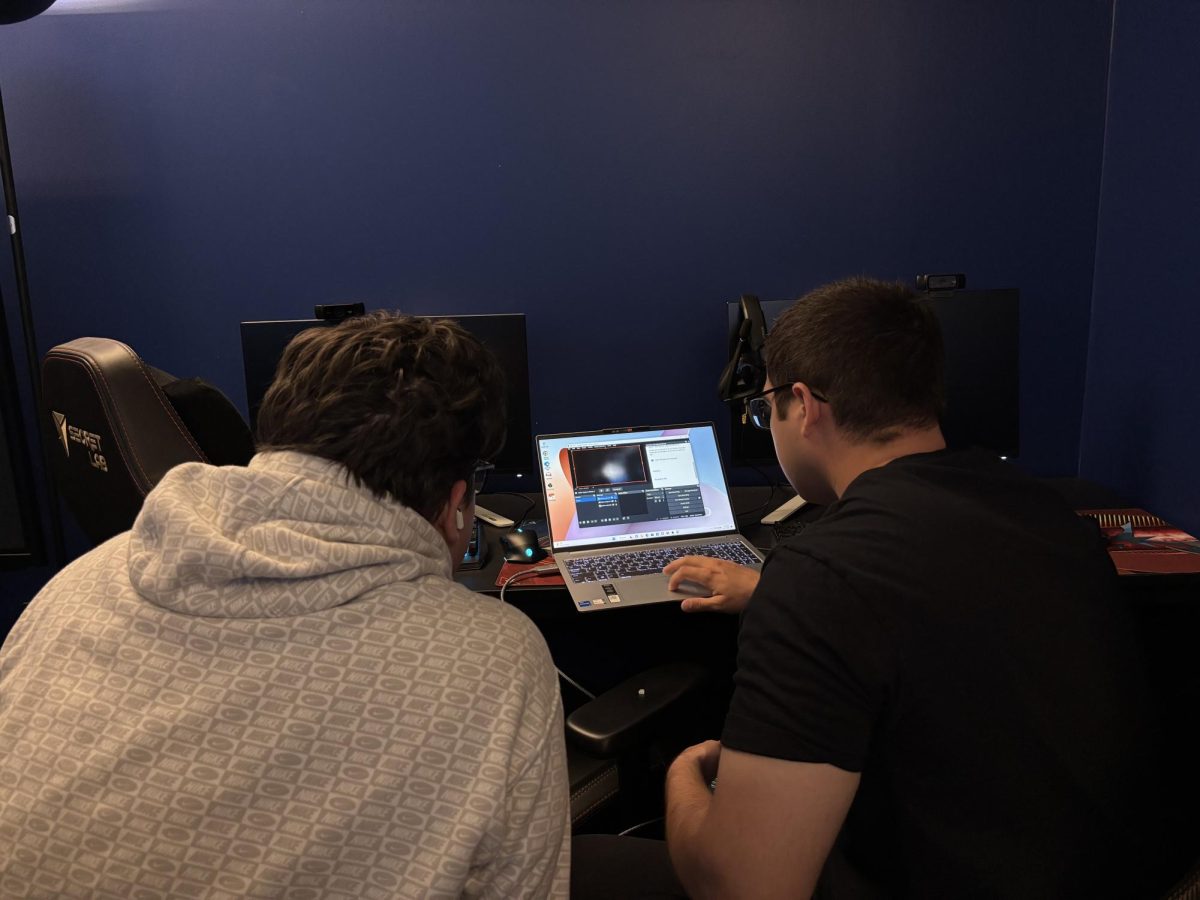

![Hunter Heart (center), the play's lead, rehearses a scene alongside other student actors. [Photo courtesy Jacob Sanchez]](https://therambler.org/wp-content/uploads/2025/04/thumbnail_IMG_8412-1200x816.jpg)
![Student actors rehearse for Pippin, Theatre Wesleyan's upcoming musical. [Photo courtesy Jacob Rivera-Sanchez]](https://therambler.org/wp-content/uploads/2025/04/Pippin-Preview-1200x739.jpg)
![[Photo courtesy Brooklyn Rowe]](https://therambler.org/wp-content/uploads/2025/05/CMYK_Shaiza_4227-1080x1200.jpg)
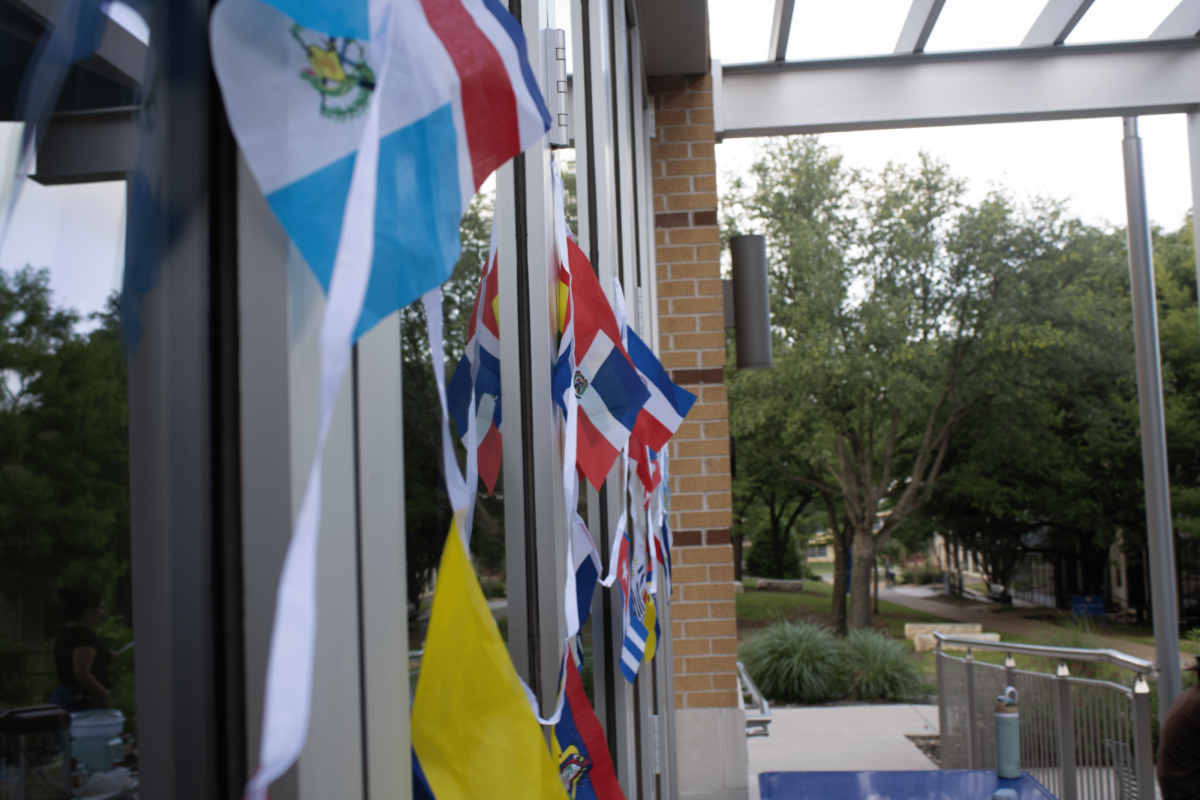
![Lady Rams softball wraps up weekend against Nelson Lions with a victory [6 – 1]](https://therambler.org/wp-content/uploads/2025/04/Screenshot-2025-04-04-100924-1200x647.png)
